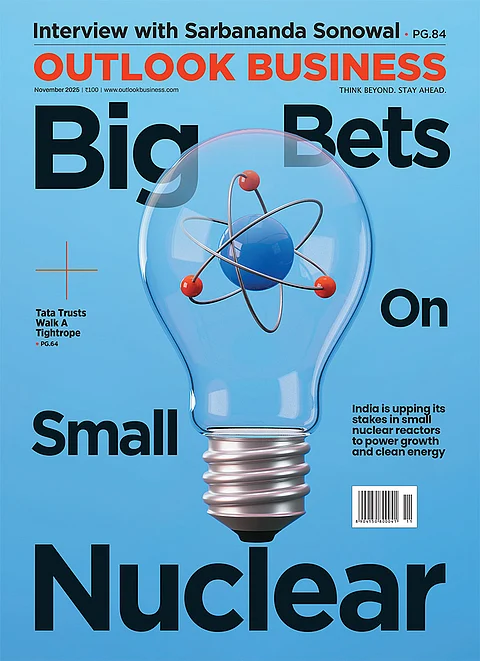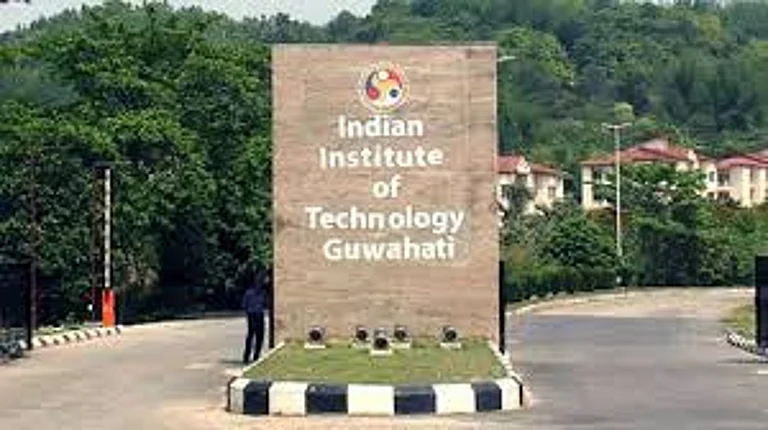
India could reuse 31,265mn m³ TUW annually to meet rising water demand.
Study projects ₹72,597 crore yearly revenue potential across industrial and irrigation sectors.
Building national TUW infrastructure needs ₹1.56–2.31 lakh crore investment by 2047.
India’s treated used water (TUW) economy could unlock a substantial economic opportunity of up to $35bn (₹3.04 lakh crore) by 2047, according to an independent study released by the Council on Energy, Environment and Water (CEEW) on 14 November 2025.
This massive potential combines an estimated $8.35bn in annual market revenue from the sale of TUW and a necessary infrastructure investment ranging between $18–27bn (₹1.56–2.31 lakh crore).
The study, Financing for Treated Used Water Reuse in India, projects that if supported by effective financing and regulation, India could reuse 31,265 million m³ of TUW annually by 2047. This volume would be enough to meet a significant portion of the country's rapidly rising industrial and irrigation demands, helping to close the supply–demand gap. Furthermore, scaling up the reuse of TUW is projected to create over 1 lakh new jobs across India by 2047 in plant operations, construction, and technology services.
Currently, India treats only about 28% (20.24bn litres per day) of the used water it generates, leaving vast potential untapped, as over 80% of cities either lack functional reuse infrastructure or do not reuse treated water. However, the landscape is shifting due to regulatory changes. The new Liquid Waste Management Rules 2024 require bulk users to treat and reuse at least 20% of their wastewater, rising to 50% by 2031.
CEEW Director of Programmes, Shalu Agrawal, stated in a press release that India must treat used water as an asset and the beginning of a circular economy for urban India. To finance this shift, the study advocates for public–private partnerships, municipal green bonds, and industry co-investments. It also proposes innovative market-based mechanisms like Water Reuse Certificates, allowing bulk users that exceed their targets to trade credits with those falling short, thereby monetising efficiency gains.
Examples like Surat, which generated over ₹230 crore in revenue between 2014 and 2021 by supplying tertiary-treated used water to industries, showcase the financial viability of these circular investments. Urban local bodies must lead this transition by developing long-term city plans and setting fair, cost-recovery tariffs.

























